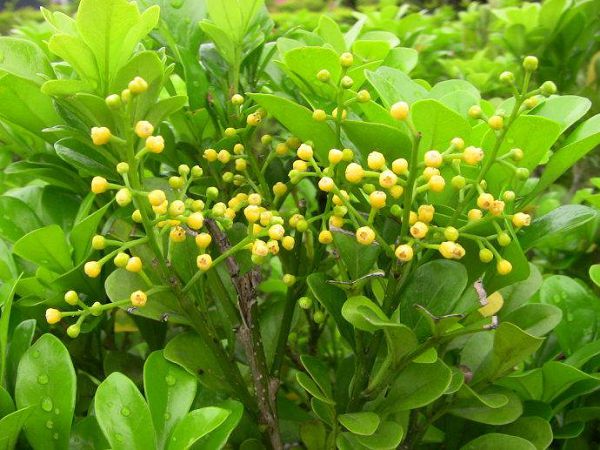How to choose the raw materials for preparing the nutrient soil of Cymbidium

Magnolia likes the nutrient soil which is loose, fertile, rich in humus and good drainage, and grows best when the pH value is 5.5 ~ 6.5. Therefore, ideal materials such as humus soil, saprophytic soil, peat soil, furnace ash, river sand, horse dung and bone powder must be selected. The characteristics of various raw materials are introduced as follows:
1. Humus soil
This kind of soil is rich in humus, is a kind of loose and fertile soil, and is an ideal material for cultivating gentleman orchid. This kind of soil can also be artificially retted, the method is: in autumn and winter, collect fallen leaves or weeds, as well as animal droppings, mix with a small amount of soil to make a pile, and press it tightly, cover it with thin mud, turn the pile once half a year later, and rot the next year. Open and dry when in use, sift and remove the ballast and then use it.
2. Rotten leaf soil
On the surface of the soil, especially on the forest surface, there is often decaying leaf soil accumulated for many years. This kind of soil is generally acidic, good permeability, loose texture, rich nutrition, is the preparation of gentleman orchid nutrition on the first-class raw material. It is best to use broad-leaf rotten leaves to cultivate magnolia, among which oak leaf rotten leaf soil is the best, pine needle rotten leaf soil should be used with broad-leaved soil and should not be used alone.
3. Peat soil
Also known as peat soil, is a low-lying aquatic plant buried in the ground for many years, carbonized by peat moss, yellowish-brown or dark brown, water and fertilizer conservation, soft texture, good air permeability, rich in humic acid, can stimulate wound healing, mashing and sieving, the effect of cultivating ramet is very good.
4. Furnace ash
It is the dregs of burning coal. It has loose texture, air permeability, water retention, fertilizer and warmth, and contains more trace elements, which can promote the thick seedlings of Cymbidium root to be strong. In particular: the fresh ash is clean and sterile, pick up the unburned coal before use, smash it and sift it, and set aside the slag of large rice grain size.
5. River sand
River sand has good permeability and contains trace elements such as iron, magnesium, sulfur, copper, zinc, molybdenum and so on, which are indispensable for the growth of Cymbidium. At the same time, sand can also inhibit the growth of mold and destroy the development of mycelium. Therefore, sand is also the basic material for cultivating soil.
6. Livestock manure
Livestock dung mainly refers to horse manure, which should be fully mature before it can be used. Because although horse dung is rich in nutrients, most of them can not be directly absorbed by plant roots, and must be decomposed by microorganisms before they can be absorbed by plants.
The unripe horse dung is large in volume and contains weed seeds, germs, worm eggs and so on. In the process of ripening, the high temperature produced by microbial fermentation can kill bacteria and eggs, reduce the volume and weight, and sink when filling the pot, which is beneficial to fix the root system.
Related
- Is the orchid suitable for indoor use? Is it good for the body?
- How to prevent the empty root of orchids?
- What to do after the crab claw orchid is withered?
- Why are the leaves of orchids always yellow? Fertilizing and watering.
- Can the root of the gentleman orchid be saved if it is rotten?
- Diagnosis and treatment of cotton-blowing beetle insects in Cymbidium
- There is a way for a gentleman's orchid to rot.
- What is the most suitable temperature and humidity for the orchid?
- How to raise a gentleman's orchid? Cultivation techniques of Cymbidium
- How to prepare the nutritive soil for the cultivation of Cymbidium



